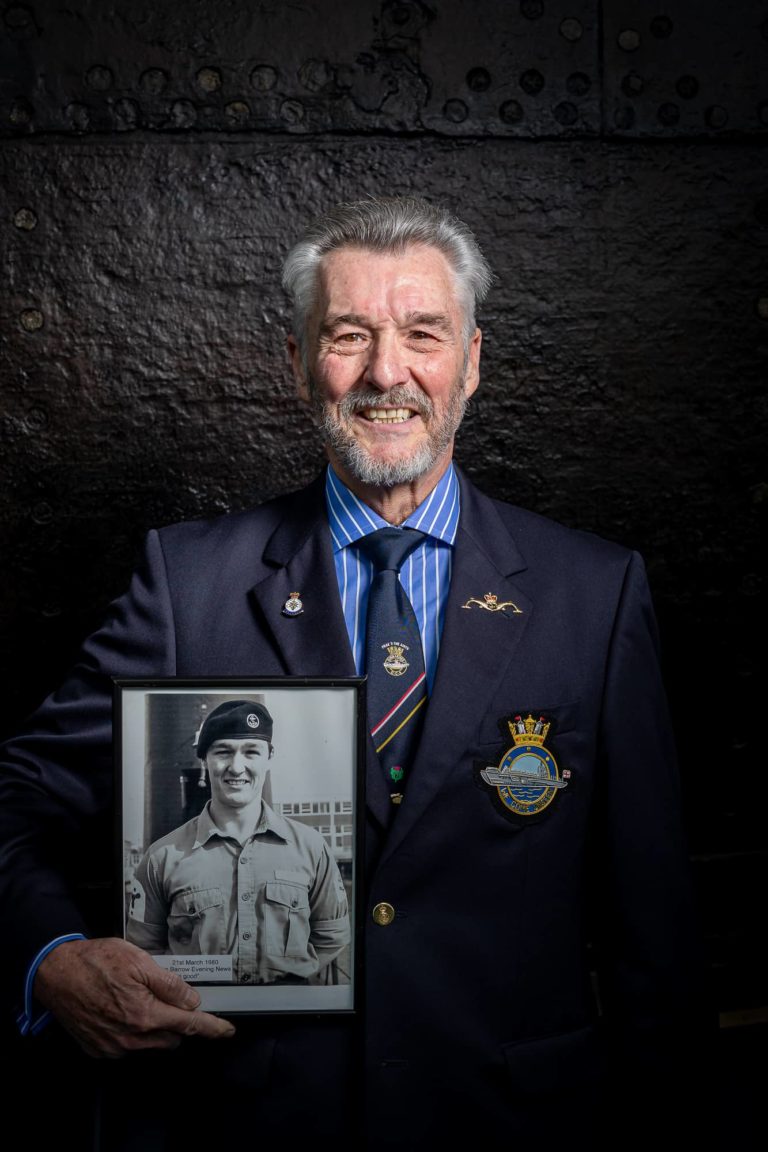Ian Moore – Doing SETT again
Simon: Is it shocking to have the … when you’re at the 100-foot level, the rate at which the water comes in?
Yes, at 100 feet, the water does come in at a great rate of knots. Your breathing just the normal air in the compartment itself, so that’s becoming pressurised. But at the same time, in the 30- and 60-foot locks, the water only really comes up to more or less about sort of midriff, chest height. Down at 100 feet, the water kept on creeping up, and it does sort of get a little bit disconcerting where you can see people looking at each other thinking, when’s this water going to stop coming in? When is it going to sort of start to equalize? We know the Dynamics behind it, we know the Physics, we know that at some point or other, this water will stop coming in because it will equalize with the pressure of air that’s already in there, but it’s getting your brain to understand that because this water just seems to keep coming up and keep coming up, and keep coming up until it’s up around your neck area which is where it is when in the 100 foot so yeah, it’s a strange, strange thing, it really is. But a hell of an experience, and one of the one’s that is just … if somebody said to me tomorrow, “Do you fancy doing the SETT again?” “Yeah, give me a date in the diary.” Without any problem at all, I’d do that.
Simon: It’s funny when you were talking about it before and it was almost like you could hear the sound of the hammer on the Tank.
Yeah, I can still hear it. As soon as anybody mentions it, I can hear it, I can hear it. They’ve got a brass hammer because obviously what they don’t want to do is they don’t want to chip the paint, so they won’t use a steel one. It’s always a brass hammer they they’ve actually got and two things that are synonymous with any Submariner whose gone through the Tank that they’ll talk about is they always talk about the last thing they hear before they’re dunked into the water, is the Instructor saying, “Take a good deep breath” and then you’re pushed out and into the Tank itself, and then you prove that you’re actually breathing out properly, and when you prove that you’re breathing out properly, you’ll hear this tap, tap, tap, tap on the side of the Tank, and that informs those up top that they’ve released you. You’re released and then you’re free buoyant up to the surface, and the guys on the surface, they know when to expect you because they’ve heard through the water, the tap, tap, tap, tap from the side of the Tank.






